Understanding osteoarthritis of the fingers
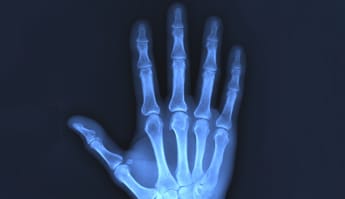
Osteoarthritis of the hands is one of the most common forms of osteoarthritis. This prevalence is mainly explained by the fact that the joints of the hands are among the joint structures the most used during a life time. In most cases, osteoarthritis of the fingers sets in at around the age of 50, and is mainly predominant among menopausal women.
In effect, the hormonal changes during this time of life are a factor promoting osteoarthritis. Even if the fingers have several joints, we observe however that the distal interphalangeal joints (DIP), located between the second and third phalanxes, are more often affected than the proximal interphalangeal joints (PIP) or the metacarpophalangeal joints (MCP). Like all the other types of osteoarthritis, osteoarthritis of the fingers results from gradual cartilage damage, caused by natural joint erosion or from external factors, such as repeated microtraumas, metabolic disease or even anatomical abnormalities.
Diagnosing osteoarthritis of the fingers
Symptoms of finger osteoarthritis

The pain and functional impairment are the two major clinical symptoms of osteoarthritis of the fingers. According to the joint affected and stage of progression of the involvement, fingers osteoarthritis can be more or less debilitating.
The fingers : a reliable source for defining predisposition to osteoarthritis
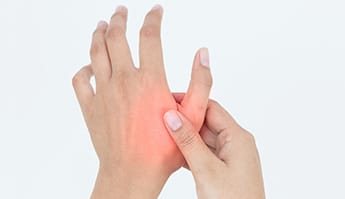
Rhizarthrosis is a specific form of osteoarthritis of the fingers since it only affects the “trapeziometacarpal” joint located at the base of the thumb, between the first metacarpal and the trapezium bone.
Diagnosing osteoarthritis of the thumb

Fill in a specific questionnaire to evaluate your rhizarthrosis. You can thus determine the progression of your disease and measure its impact on your daily life.
Managing and treating fingers osteoarthritis
Exercises to reduce early fingers osteoarthritis
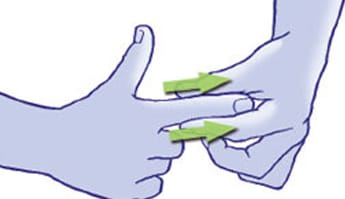
Look at the exercises you can do regularly to slow progression of early osteoarthritis of the fingers. You can use our clear and detailed exercise sheets to do your exercises at home.
Exercises to reduce advanced fingers osteoarthritis
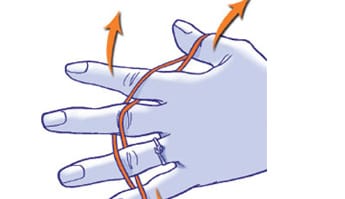
It is not always easy to get joints already heavily affected by advanced osteoarthritis of the hands moving. Here are some suitable exercises to do at home to minimise functional impairment as far as possible.
Orthoses for finger joints
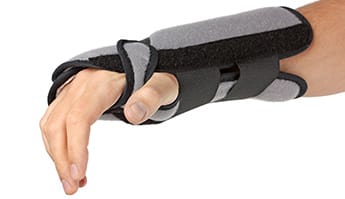
In addition to the appropriate medical treatment, wearing an orthosis to immobilise a finger or fingers is sometimes recommended to relieve and rest joints subjected to significant stress and strain.
Living with fingers osteoarthritis: tips for daily living
How to live with fingers osteoarthritis? Here is a question many patients ask themselves. There are many answers as hands osteoarthritis is not a fatality which inevitably leads to isolation. To continue to have a social life, stay happy and maintain a good quality-of-life for as long as possible, several lifestyle and dietary measures can be adopted: regular exercise, specific daily exercises, balanced diet etc.







